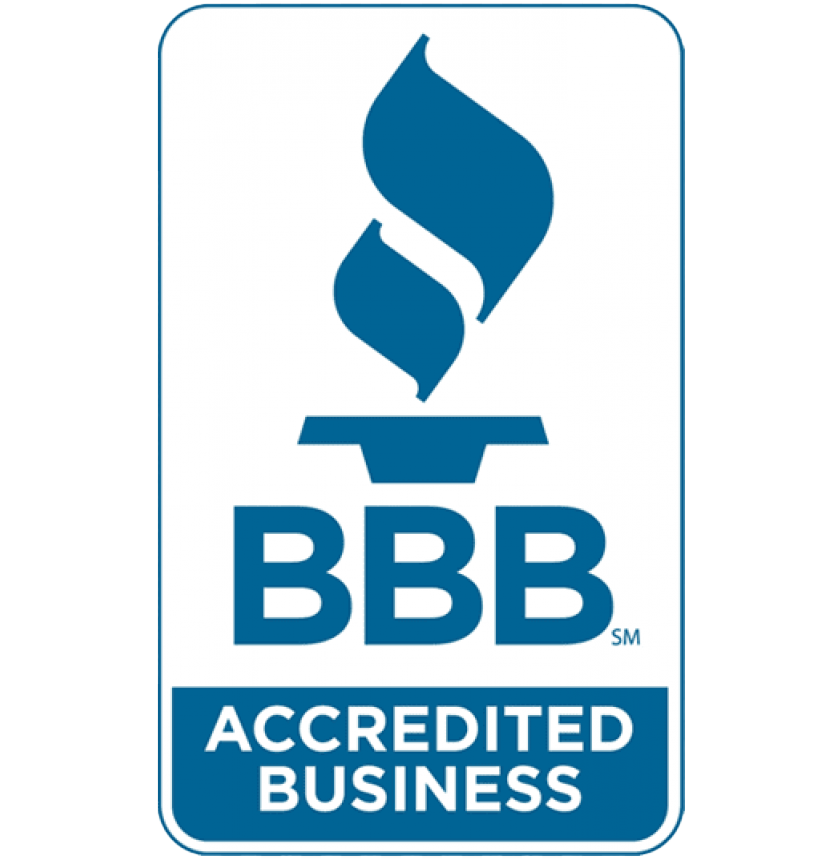Introduction
Terraform, Terragrunt, and Terrateam are three essential tools in the arsenal of data platform modernization. Terraform excels in infrastructure provisioning, Terragrunt provides powerful abstractions for managing Terraform configurations, and Terrateam offers collaboration and governance features for managing infrastructure as a team. Understanding the distinctions and strengths of each tool is vital when it comes to making informed decisions for data platform modernization initiatives. In this blog post, we will compare Terraform, Terragrunt, and Terrateam across several criteria, including purpose and use case, supported platforms and integration with the data ecosystem, ease of use and learning, scalability, and extensibility.
Purpose and Use Case
- Terraform: Infrastructure provisioning, management, and orchestration.
- Terragrunt: Wrapper tool for Terraform, provides enhanced workflow and code reuse capabilities.
- Terrateam: Collaboration and governance platform for managing infrastructure as a team.
Terraform is primarily focused on infrastructure provisioning and management across various cloud providers and on-premises environments. Terragrunt, on the other hand, enhances the configuration and management of Terraform configurations, enabling more complex infrastructure workflows and modularity. Terrateam, as its name suggests, provides a collaborative platform for managing infrastructure configurations, facilitating efficient teamwork on infrastructure as code projects.
Supported Platforms and Integration with the Data Ecosystem
- Terraform: Extensive support for multiple cloud platforms, including AWS, Azure, Google Cloud, and more, with a rich ecosystem of providers and modules.
- Terragrunt: Works seamlessly with Terraform, leveraging its extensive platform support and integration capabilities.
- Terrateam: Integrates with popular version control systems like Git, enabling collaboration and versioning of infrastructure code.
Terraform supports integration with a wide range of cloud providers such as AWS, Azure, Google Cloud, and more. It also integrates well with other data engineering tools and platforms in the data ecosystem, including Apache Kafka, Apache Spark, and databases like Cassandra. Terragrunt, being an extension of Terraform, inherits the same integration capabilities with cloud providers and data ecosystem tools. Terrateam, however, primarily focuses on providing a collaborative platform for infrastructure configurations and may have limited direct integration with specific data ecosystem tools.
Ease of Use and Learning
- Terraform: Declarative HCL (HashiCorp Configuration Language) syntax, slight learning curve but powerful for managing infrastructure.
- Terragrunt: Builds on Terraform’s syntax, enhances configuration organization, and promotes code reuse, requiring familiarity with Terraform concepts.
- Terrateam: Provides a user-friendly web-based interface for collaboration and governance, reducing the learning curve for team members.
Terraform offers a declarative language that makes defining infrastructure as code relatively easy to learn and use. It provides a straightforward and intuitive syntax for creating and managing resources. On the other hand, Terragrunt requires familiarity with Terraform concepts, making it more suitable for users already experienced with Terraform. Terragrunt adds additional features and simplifies complex workflows, increasing productivity for advanced use cases. Terrateam is designed to streamline collaboration, providing a user-friendly interface for managing infrastructure configurations and promoting efficient collaboration among team members.
Scalability and Extensibility
- Terraform: Declarative approach for scalable infrastructure management, provision resources across multiple cloud providers and regions, and offers extensibility through plugins and modules.
- Terragrunt: Allows for modularization and reuse of Terraform code, simplifying the management of large infrastructure deployments.
- Terrateam: Supports team-based infrastructure management, and provides governance features like access control and policy enforcement for scalable collaboration.
Terraform is highly scalable and can handle infrastructure resources of any size. It is suitable for large-scale deployments and integrates well with other tools and frameworks, enabling extensibility. Terragrunt inherits Terraform’s scalability, allowing for efficient management of infrastructure resources at scale. Additionally, Terragrunt provides modularity and reusability, further enhancing the extensibility of Terraform. On the other hand, Terrateam’s scalability depends on the underlying infrastructure configurations managed by Terraform and Terragrunt. Its focus is more on collaboration features rather than direct scalability and extensibility.
Working Together or Selective Adoption
While Terraform, Terragrunt, and Terrateam can be used together for a complete infrastructure management and collaboration solution, it may make sense to selectively adopt one or more tools based on your specific needs. If you require advanced workflow management and code reuse, Terragrunt is an excellent addition to Terraform. When it comes to team collaboration and governance, Terrateam provides valuable features. Evaluate your infrastructure requirements, team dynamics, and objectives to determine the optimal combination of these tools for your data platform modernization journey.
Conclusion
At Anant, we specialize in helping companies modernize and maintain their data platforms. With our expertise in Cassandra consulting and data engineering, we leverage cutting-edge technologies like Terraform, Terragrunt, and Terrateam to empower our clients and solve their most significant data challenges. Contact us today to explore how we can support your data platform modernization initiatives.




